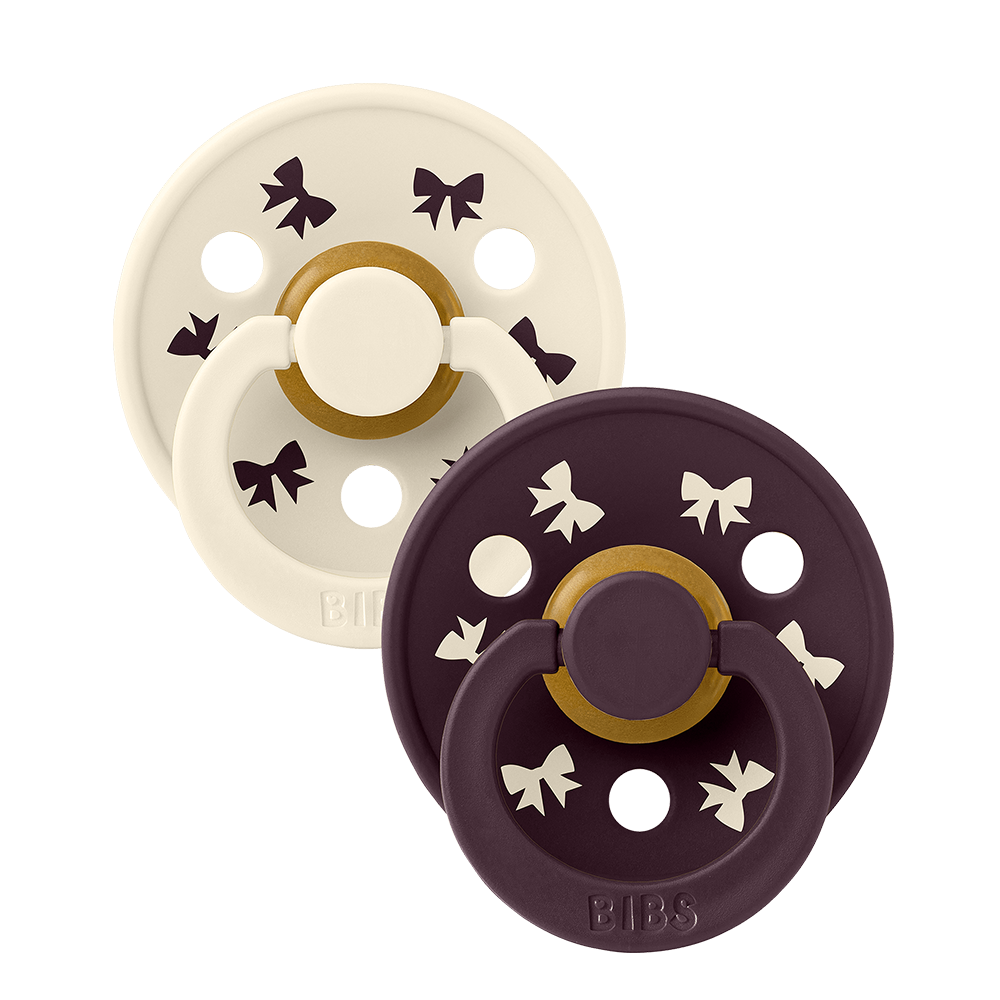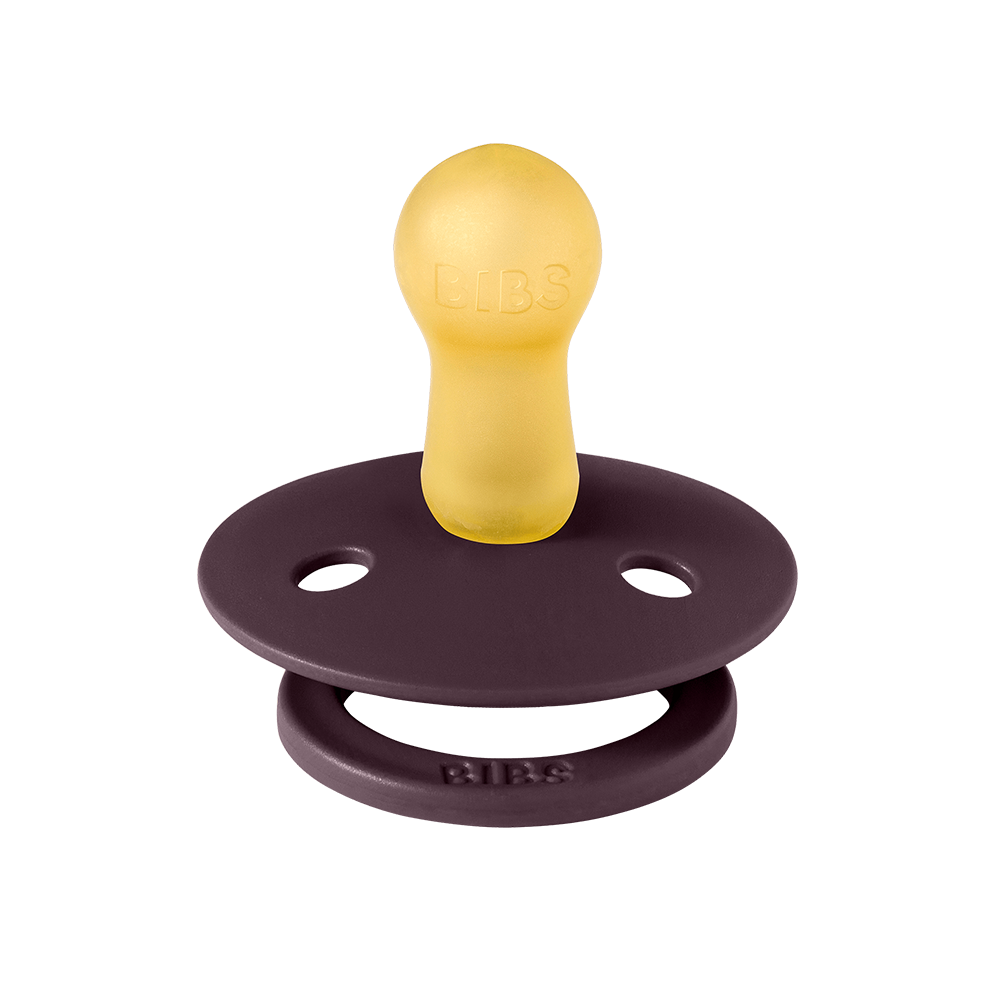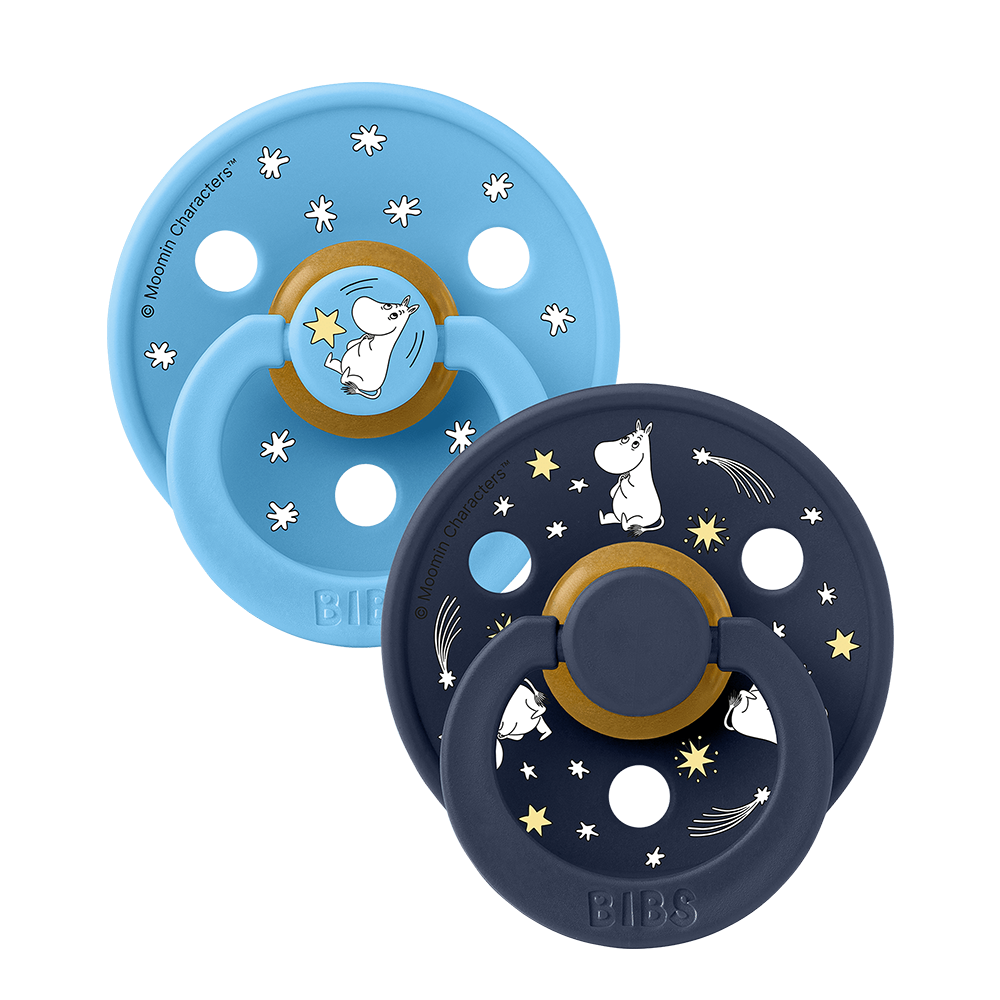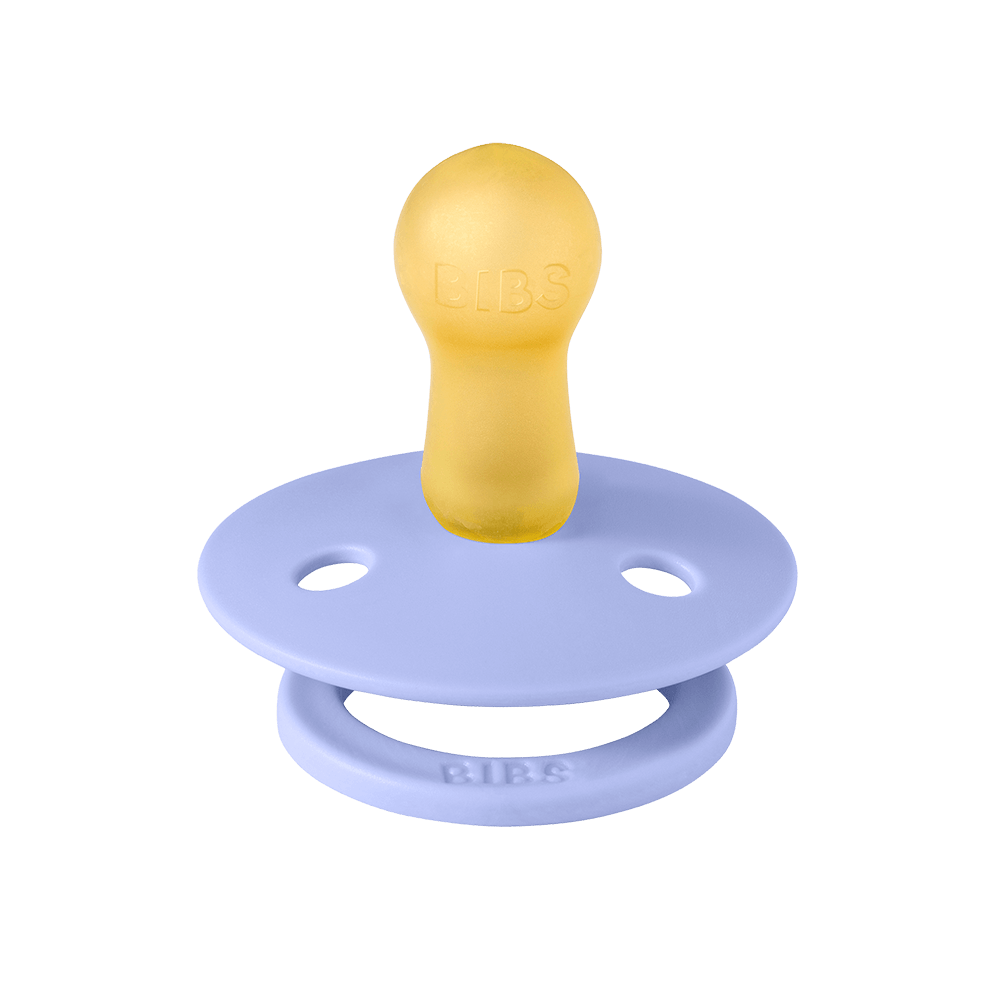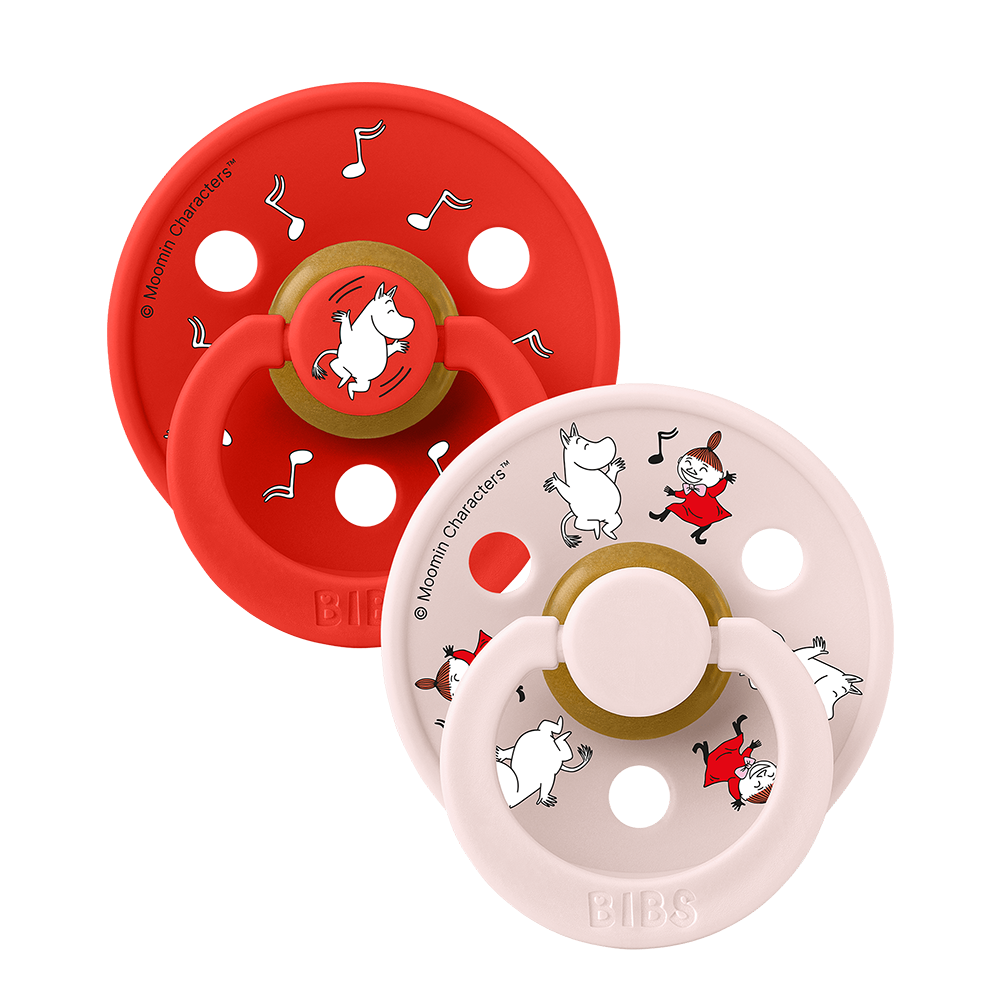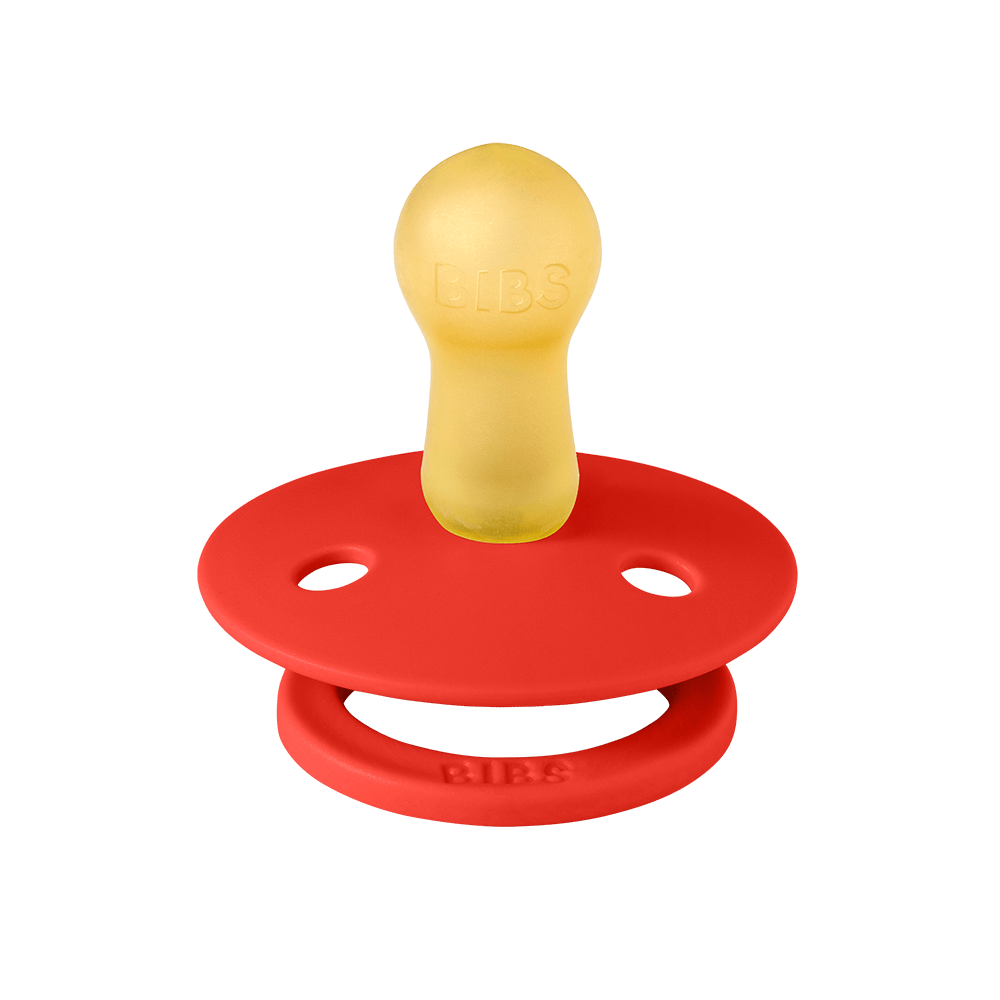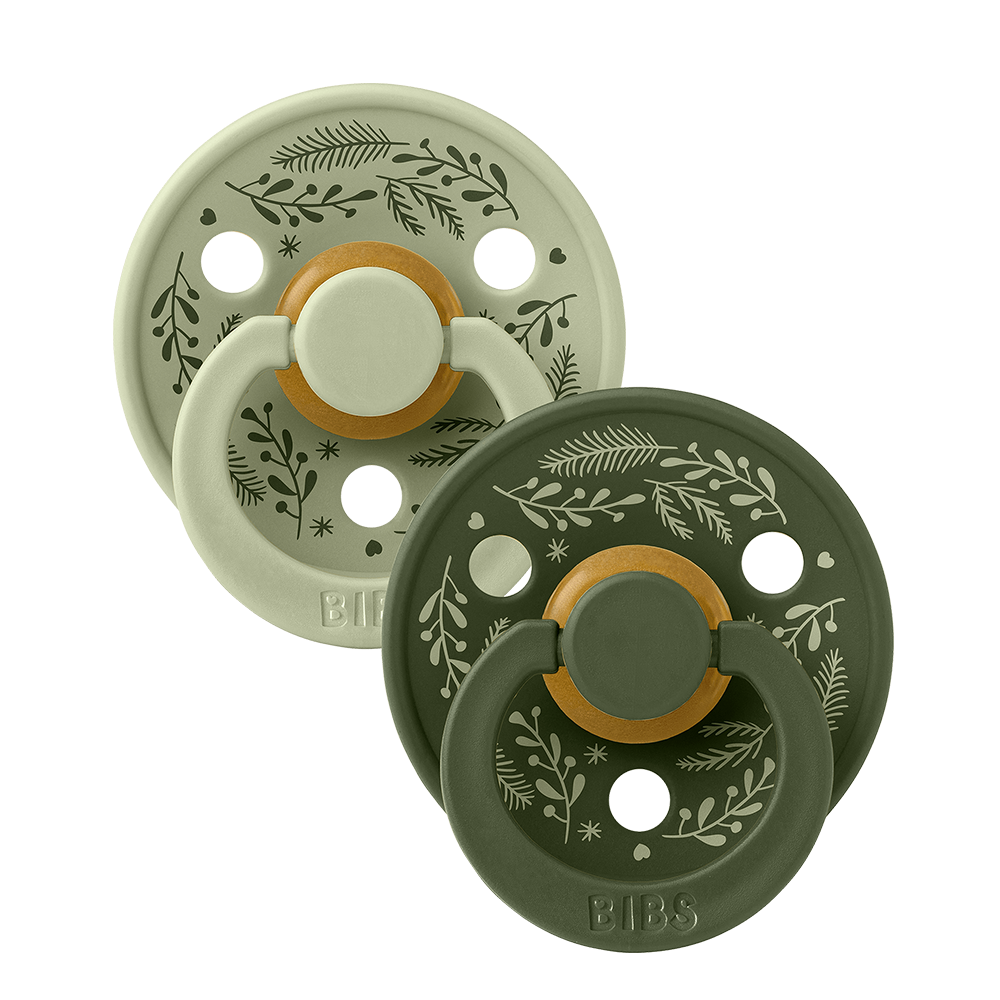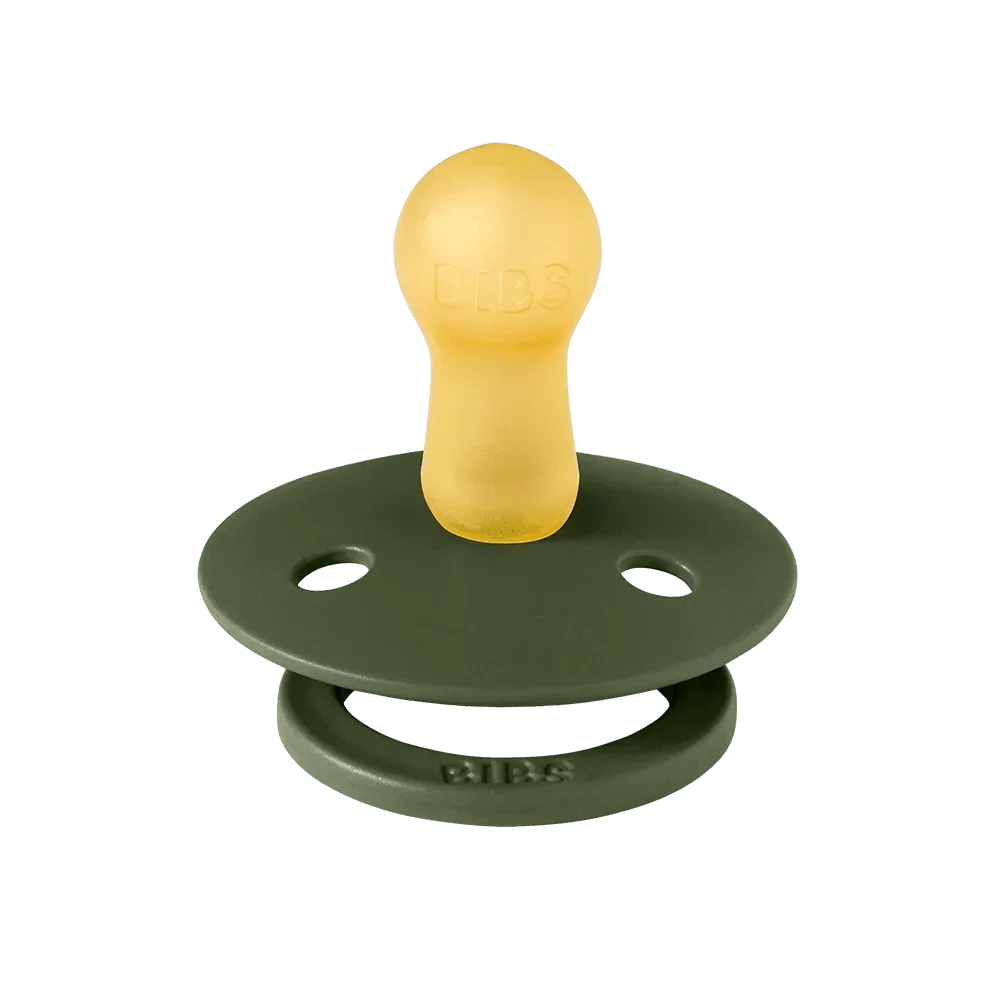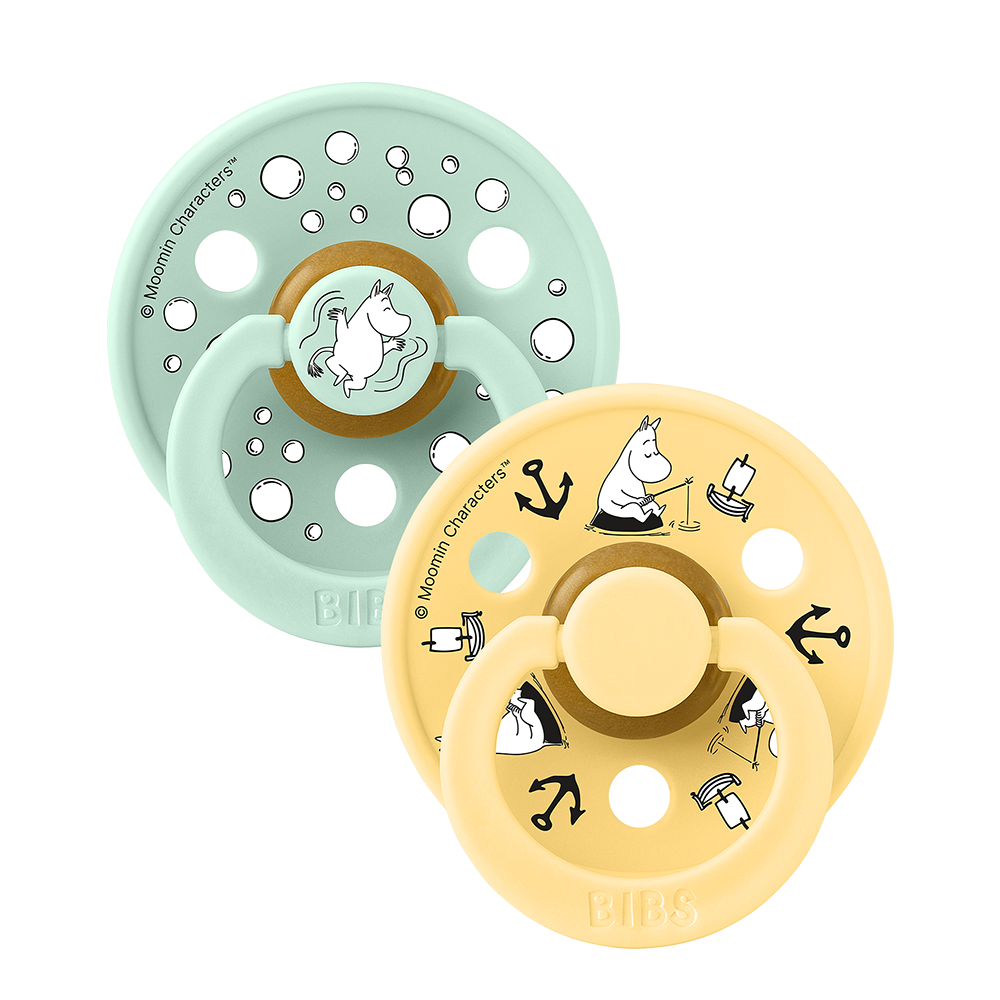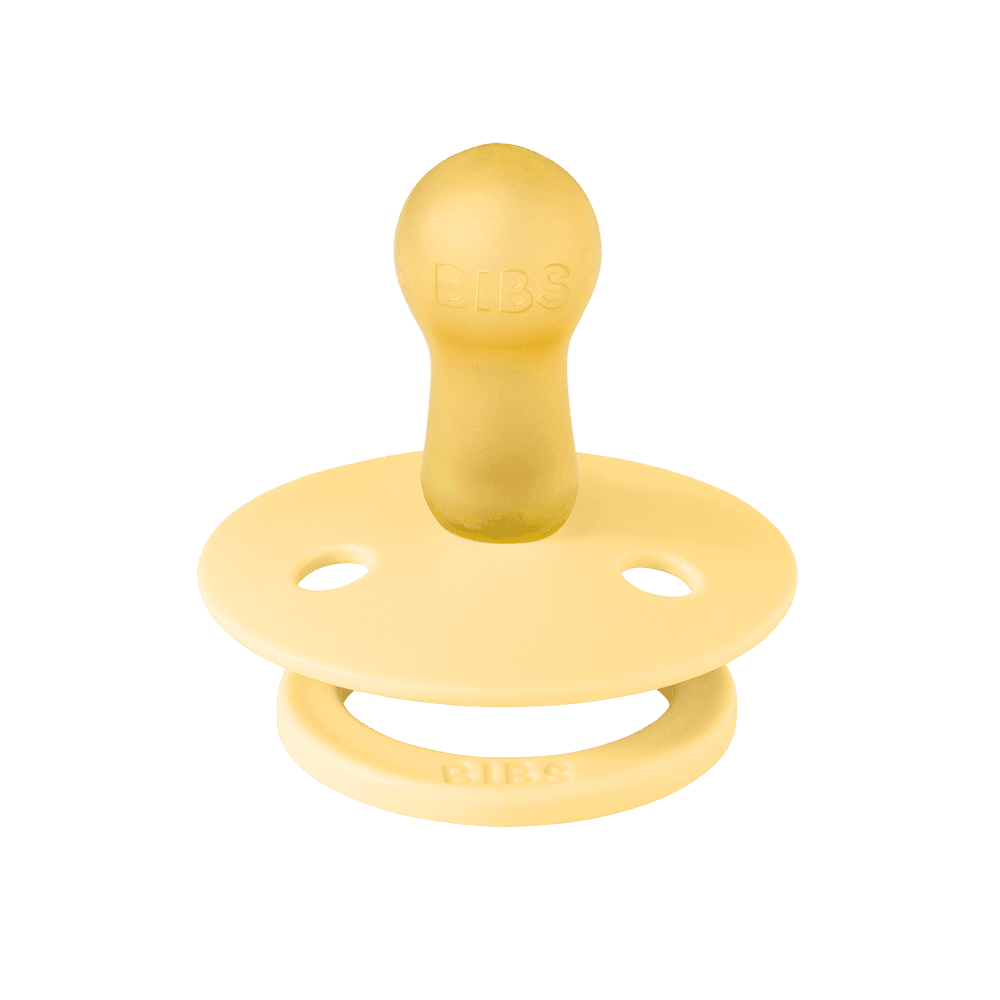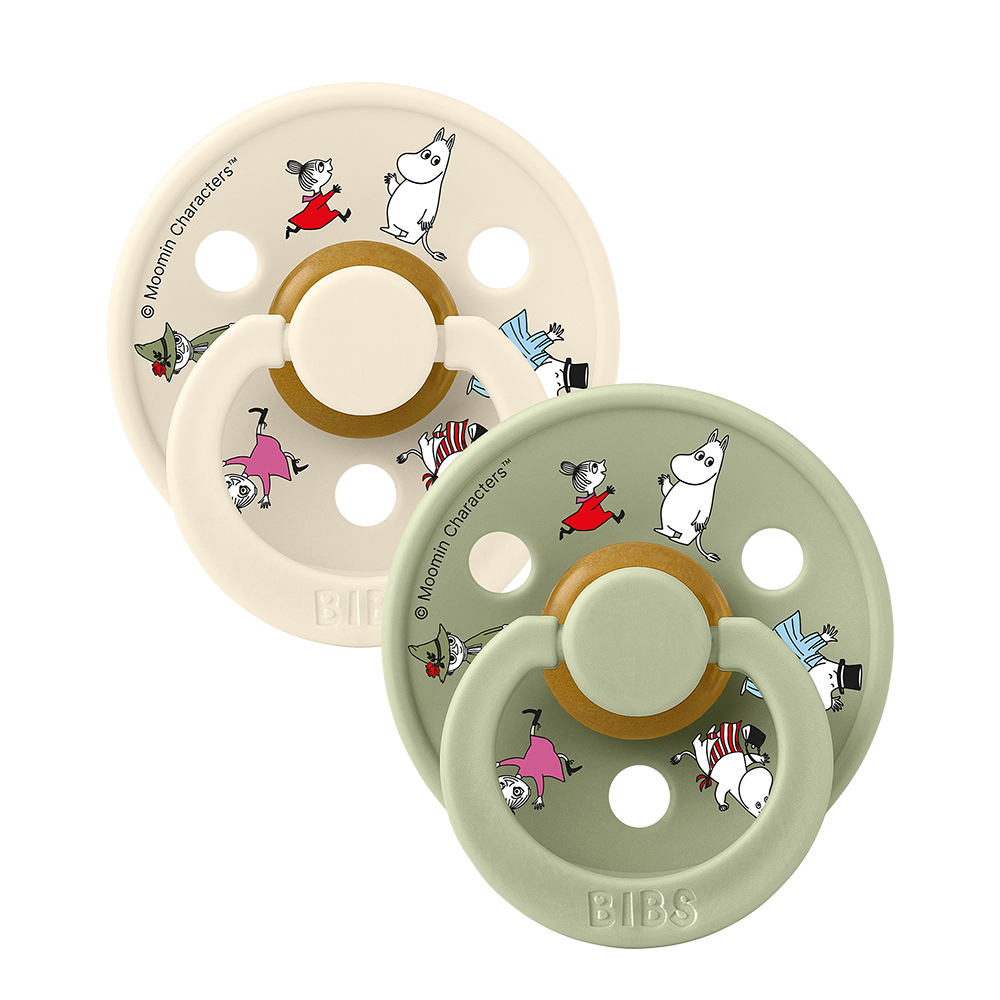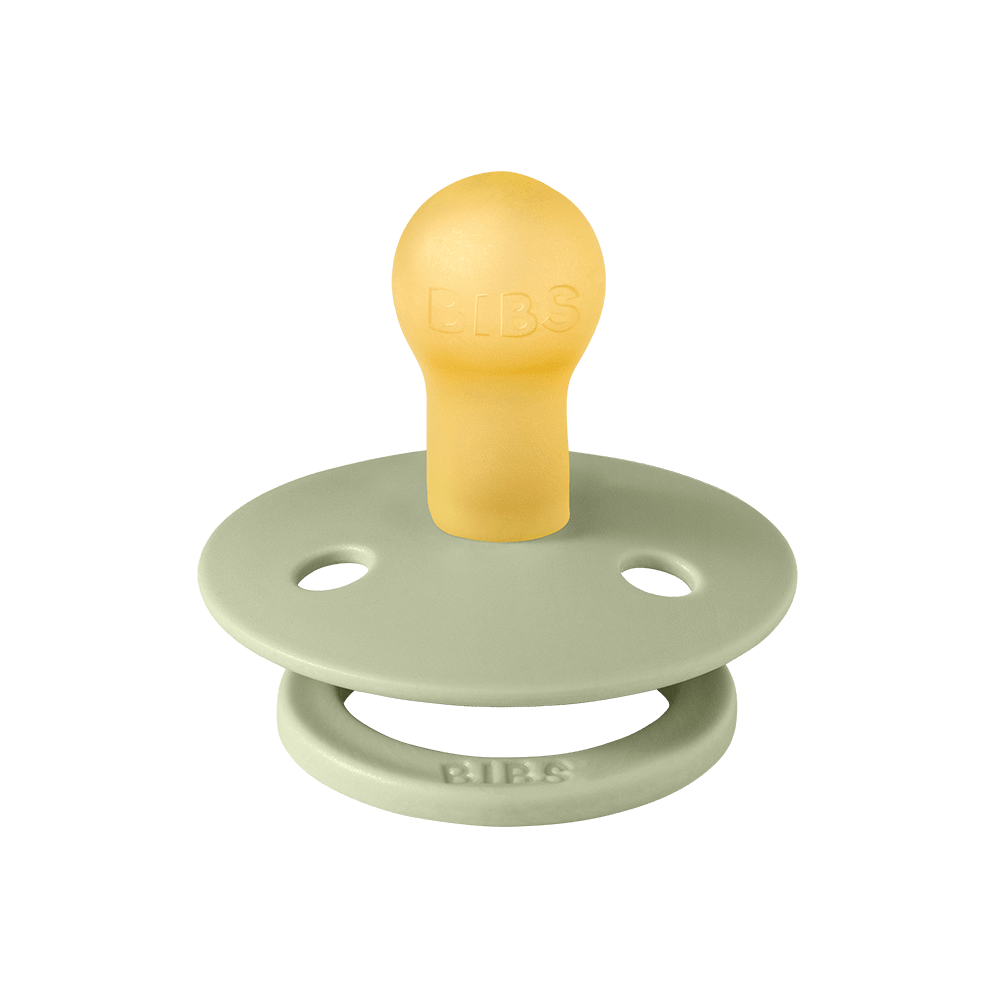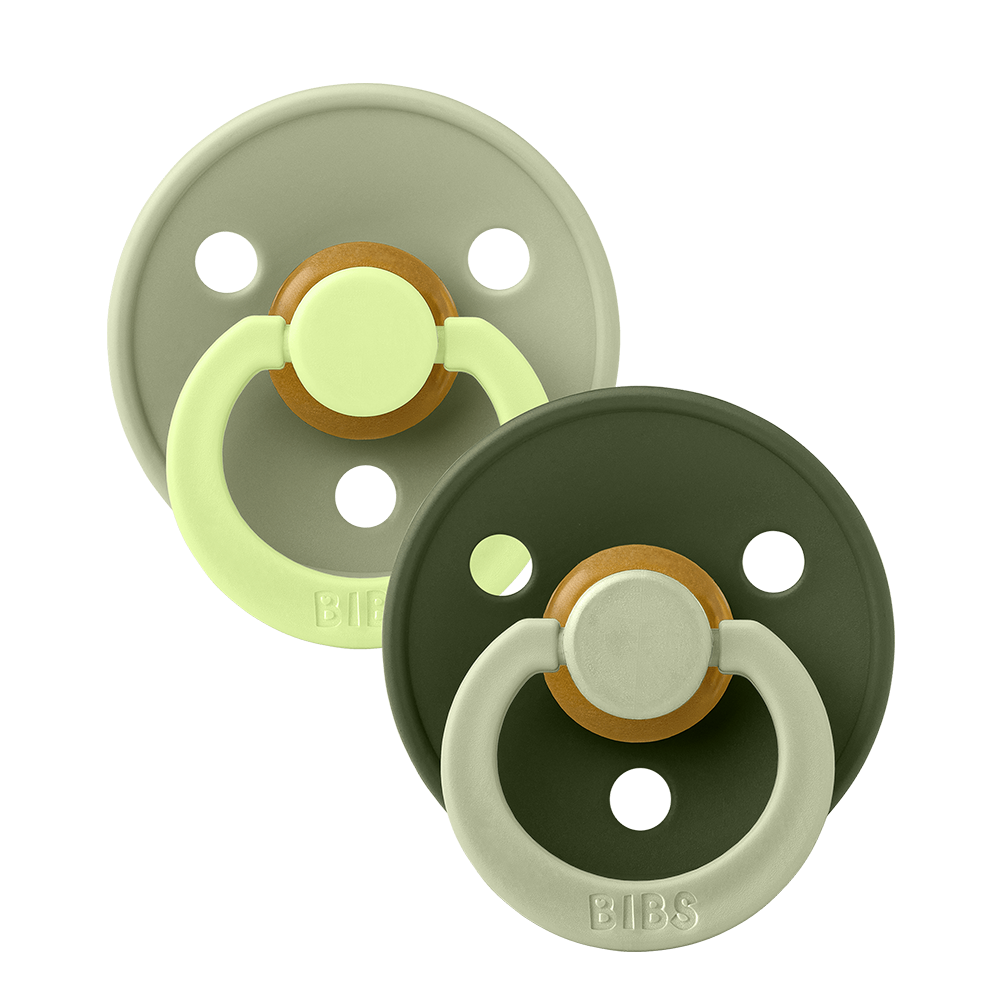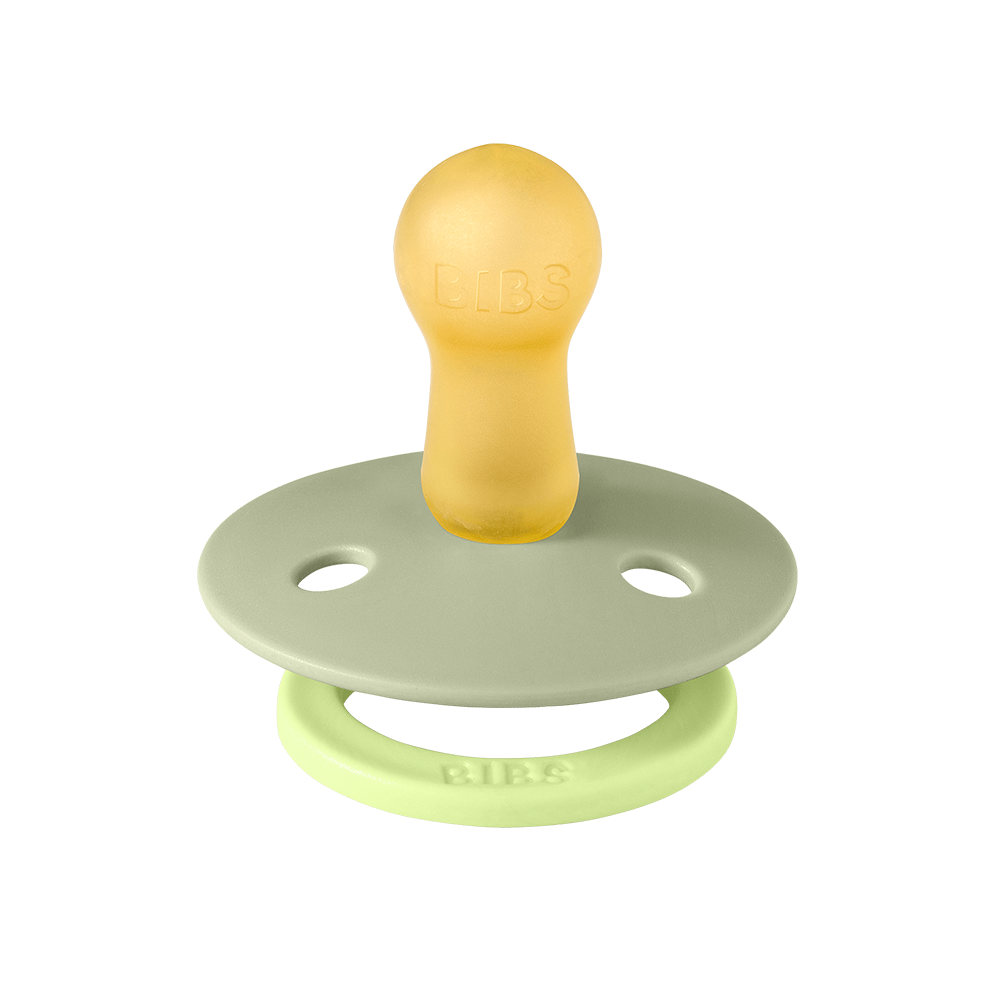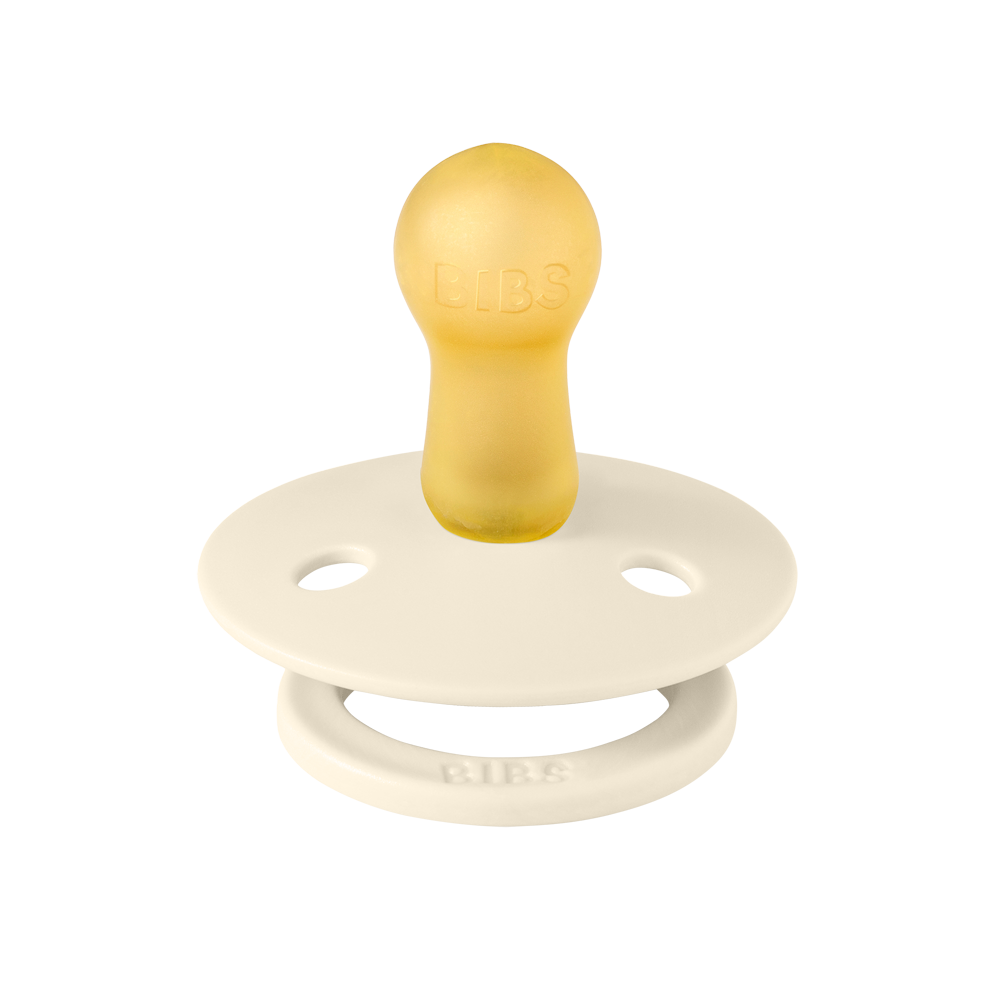
Knowing how to stop pumping safely and comfortably is an important milestone for many mothers during their breastfeeding journey. Whether you are ready to transition your baby to bottles or simply want to reclaim more time in your day, this process requires patience and care. Gradual weaning is the best way to avoid engorgement, clogged ducts, or mastitis, while also giving your baby time to adjust to new feeding methods. Every mother’s experience is different, but with the right approach, you can make the transition smoother for both you and your child.
Why Stopping Pumping Gradually Matters
Stopping too quickly can cause discomfort and complications because your body needs time to regulate milk production. By learning how to stop pumping step by step, you allow your breasts to adjust naturally. Gradual weaning reduces the risk of painful problems and helps your baby maintain steady nutrition through formula, bottles, or solid foods depending on their stage of development.
If you are transitioning to bottle feeding, consider high-quality options like the BIBS Baby Glass Bottles or Baby Plastic Bottles, designed for safety and comfort.
Step-by-Step Guide: How to Stop Pumping
1. Create a Timeline
Most mothers take between three to six weeks to fully wean off a pump. The process depends on your current routine and how your body responds. Begin by removing one session at a time, starting with the one that produces the least milk. Wait a few days before cutting out another session. This gradual approach teaches your body to lower milk supply naturally.
2. Shorten Pumping Sessions
If skipping sessions feels overwhelming, try reducing their length instead. For example, if you normally pump for 20 minutes, cut back to 15, then 10. This signals your body to slow down milk production without sudden engorgement. You can also hand-express a small amount to relieve pressure, but avoid fully emptying the breast, which can encourage supply to continue.
3. Prevent Mastitis and Clogged Ducts
A common concern when learning how to stop pumping is preventing blocked ducts or mastitis. Here are ways to lower your risk:
- Apply a warm compress before pumping to improve milk flow.
- Gently massage your breasts during and after sessions.
- Reduce pumping time by only a few minutes instead of stopping all at once.
4. Use Natural Remedies for Support
Some mothers find natural aids helpful during weaning. Chilled cabbage leaves inside a bra may reduce inflammation and help lower supply. Herbs such as sage, peppermint, or parsley are also believed to decrease milk production, but always check with your healthcare provider before using supplements or medications.
Supporting Your Baby During the Transition
Stopping pumping is not only about your comfort, it is also about your baby’s nutrition. If you are switching to bottle feeding, the right bottles can make the change easier. The BIBS bestselling bottle feeding collection is designed to mimic the natural breast and help reduce nipple confusion.
Pacifiers may also comfort your baby during this adjustment. Explore options from the BIBS bestselling pacifiers or pair them with the Pacifier Clips collection to keep soothing essentials close at hand.
Emotional Side of Weaning
Learning how to stop pumping can feel emotional. For many mothers, pumping represents nourishment, sacrifice, and dedication. It is normal to feel both relief and sadness when you stop. Give yourself grace during this period. Celebrate the effort you have put into feeding your baby while embracing the new routines and freedom ahead.
Tips for a Smooth Weaning Journey
- Stay hydrated: Drink enough to stay healthy, but avoid excess fluids which may prolong milk supply.
- Wear supportive bras: Choose well-fitted, non-restrictive bras to stay comfortable.
- Introduce alternatives gradually: Add formula, bottles, or solids step by step so your baby can adjust with ease.
- Seek support: Reach out to a lactation consultant, pediatrician, or other moms for advice and reassurance.
There is no one-size-fits-all method for how to stop pumping. The best approach is the one that feels right for you and supports your baby’s needs. By reducing sessions gradually, using remedies if needed, and ensuring your child’s nutrition is consistent, you can move through this transition with confidence. Remember, this is not an ending but the beginning of a new chapter in your parenting journey, one that deserves to be met with pride and patience.
To prepare, explore helpful items from BIBS such as Pacifier Cases for on-the-go convenience and Mealtime accessories to make everyday feeding moments easier and more enjoyable.
